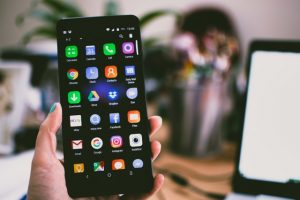
An Android application is made up of some essential building blocks. The application manifest file, which contain a description of every component and how they interact, binds these loosely coupled components. An Android app’s main components are as follows:
1. Extracurricular Activities
The presentation layer of our applications is referred to as “activities.” Our application’s user interface is based on one or more Activity class extensions. Activities use fragments and views to set the layout, display the output, and respond to user actions.
2. Providers of services
Services are similar to our app’s invisible employees. These components are responsible for updating your data sources and activities, triggering notifications, and broadcasting intents. They also carry out some tasks when no applications are running. A service can be considered a subclass of a class.
3. Content Creators
It is used to manage and persist application data as well as interact with SQL databases. They are also in charge of sharing data outside of the application boundaries. A specific application’s content providers can be configured to allow access from other applications, as can the content providers exposed by other applications.
4. Television Receivers
They are known as “intent listeners” because they allow your application to listen for intents that meet the matching criteria that we specify. Broadcast receivers enable our application to respond to any received intent, making them ideal for developing event-driven applications.
5. Intentions
It is a robust message-passing framework for inter-application communication. They are widely employed throughout Android. Intents are used to start and stop activities and services, to broadcast messages to the entire system or to a specific activity, service, or broadcast receiver, or to request action on a specific piece of data.
6.Widgets
These are the small visual application components found on the device’s home screen. They are a type of broadcast receiver that allows us to create dynamic, interactive application components that users can embed on their home screens.
7. Notifications
Notifications are application alerts that are used to draw the user’s attention to a specific app event without stealing their focus or interfering with their current activity. They are typically used to draw the attention of the user when the application is not visible or active, such as from within a service or broadcast receiver. E-mail popups, Messenger popups, and so on are examples.
